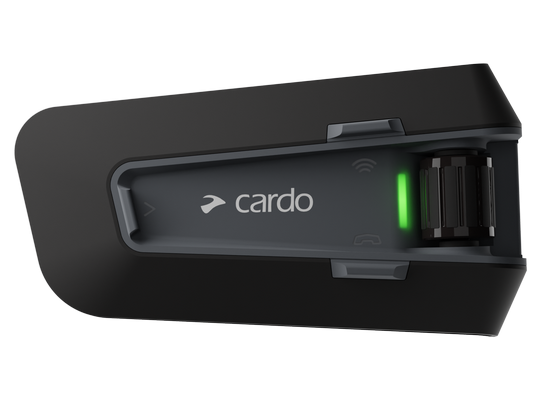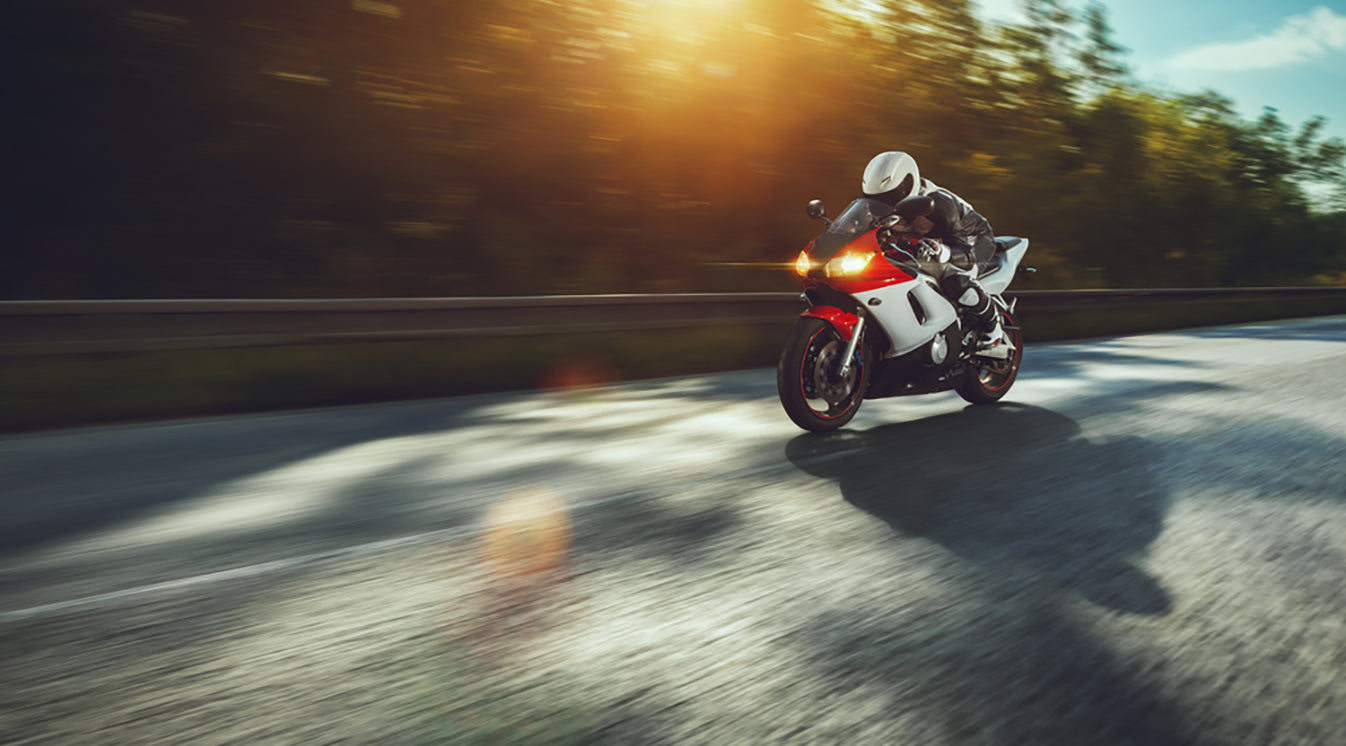Breaking Down Horsepower
Every type of motorcycle comes with its own horsepower rating or threshold. Bikes are usually categorized by the capacity of the engine, which is measured in cubic capacity, or “cc” for short. The size of the engine is one of the most important factors for increasing horsepower, along with the number of strokes, cylinders, and the available RPM. Horsepower can also vary widely within each weight class, but this chart should help you get started.
50cc Motorcycles:
Lightweight motorcycles with 50cc usually have 2-stroke engines that produce anywhere from 3 to 9 HP. However, some racing 50cc motorcycles can pack a punch, getting up to 15,000 rpm, with anywhere from 10 to 20 HP.
100cc Motorcycles:
Stock 100cc motorcycles tend to be rare in the U.S., so many bikes with this capacity usually depend on aftermarket accessories and what are known as “big bore” kits for increasing engine capacity. However, if you do find a bike in this weight class, expect it to produce anywhere from 7 to 12 HP.
125cc Motorcycles:
These bikes tend to be extremely popular with first-time riders. They give you plenty of power without weighing you down on the road. Expect to get anywhere from 10 to 15 HP out of these bikes.

150cc Motorcycles:
150cc bikes tend to operate with just one cylinder and a 4-stroke engine. Most motorcycles in this class produce anywhere from 15 to 25 HP.
250cc Motorcycles:
The 250cc class starts to put the pedal to the metal. If you’re looking for more than your average horsepower, this is a great place to start. Most models come with a 2-cylinder engine and 6 speed transmissions for reaching peak speeds. Expect to get anywhere from 25 to 40 HP on these bad boys.
300cc Motorcycles:
There’s isn’t much of a difference between 300cc and 250cc bikes, but the former is more likely to produce more horsepower. You should be able to get anywhere from 30 to 40 HP.
500cc Motorcycles:
The 500cc class tends to get up to 45 to 60 HP. Many of them still come with the standard 2-cylinder 4-stroke engine, so the difference isn’t exactly night and day. However, you can find some 500cc motorcycles with 2-stroke engines for as much as 150 to 200 HP.
600cc Motorcycles:
Just a notch above the 500ccs, this class tends to vary widely based on engine power. Single and 2-cylinder bikes tend to get up to 55 to 80 HP, while 4-cylinder bikes can easily reach 80 to 130 HP.
1000cc Motorcycles:
Finally, any bike with 1000cc is sure to best the competition. These machines aren’t designed for first-time riders, so it’s best to wait a few years before investing in one of these hefty riders. This is the ceiling when it comes to maximizing horsepower. For 2-cylinder engines, expect to get about 80 to 100 HP. However, a 4-cylinder engine can get up to 180 to 320 HP for some ultra-fast acceleration. However, some of these models aren’t street legal, so you might have trouble showing off your moves.

Factors That Affect Motorcycle Horsepower
Larger bikes don’t always translate to more horsepower. It really comes down to the number of cylinders and strokes the engine uses. Transmission, weight, drivetrain, and the quality of the fuel can affect horsepower ratings as well, so be flexible with your expectations.
The weather, driving conditions, altitude and temperature can play a role as well. The available horsepower can vary widely based on the situation. You will learn more about how these factors affect acceleration time as you spend more time on your bike.
How Much Horsepower Do You Actually Need?
Let’s be honest, you probably don’t need 300 HP to drive to the supermarket. A lot of riders pay way too much attention to horsepower when there are other, more important factors to consider.
Before you invest in a bike, consider how much horsepower you really need. Unless you like to race, adding extra HP probably isn’t worth it. Driving a slower bike with less horsepower can be just as much fun. You can still drive fast. You just can’t accelerate as quickly.
Don’t forget to add a motorcycle Bluetooth headset for listening to audio and taking calls on your bike. Use a Bluetooth motorcycle helmet to stay safe without taking your eyes off the road. Today’s Bluetooth motorcycle speakers produce quality audio that won’t distract you from your surroundings. It’s always better to come prepared for the worst, especially if you love going from zero to sixty in a flash.
Image Credits:
Michal Vitek/Shutterstock.com
Alexander Kirch/Shutterstock.com








